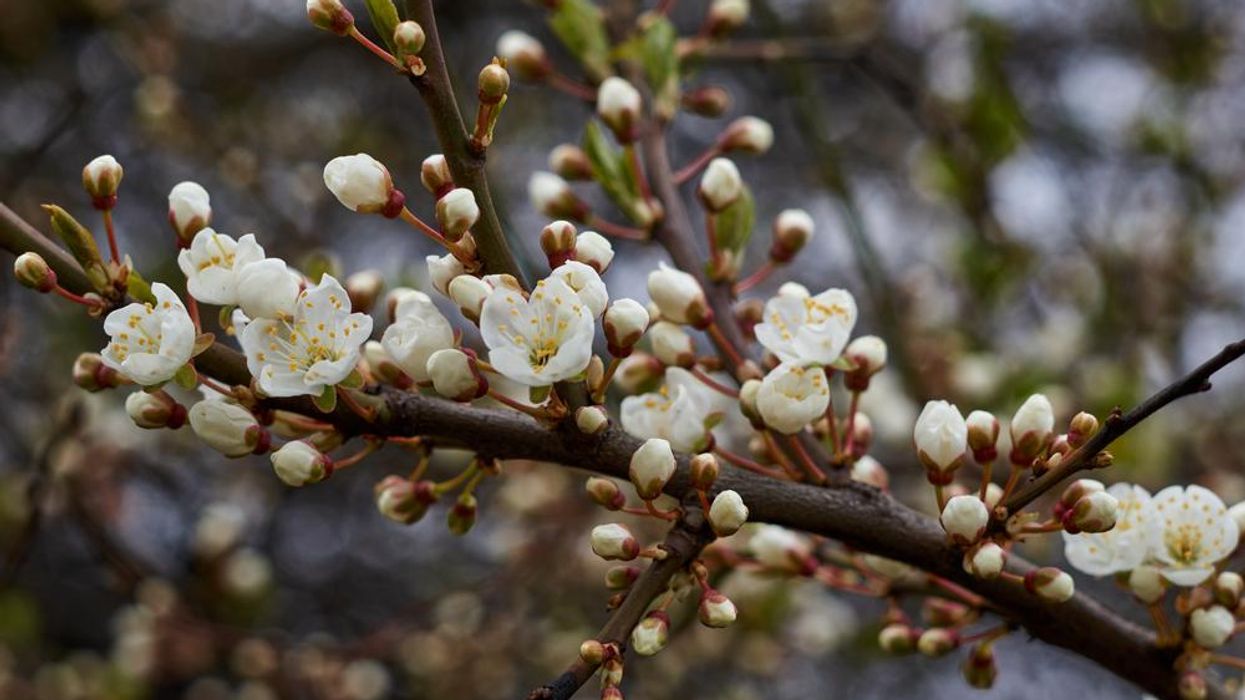Editor's note: A version of this article originally appeared in the weekly weather newsletter, the CNN Weather Brief, which is released every Monday. You can sign up here to receive them every week and during significant storms.
(CNN) — This year might be another strike in the "loss column" for Punxsutawney Phil, which isn't much of a surprise, since he's wrong about 60 percent of the time. He forecast six more weeks of winter, yet it seems spring is already in full bloom across parts of the country where blooms should still be nearly a month away.
Parts of the South and Southeast are seeing their earliest spring on record this year, with leaves already budding on trees as much as three weeks early. Other parts of the South and Southeast are seeing their earliest spring in 40 years. Contrast that with southern Arizona, where they are seeing their latest start to spring in 40 years.
The National Phenology Network, which keeps track of the arrival of spring, maps the locations where it believes spring has already arrived. It does this by tracking the bloom of two plant species typically among the first to leaf out each year and are also "common across much of the country."
Much of the "early spring" has to do with the warm start to 2023. Much of the South and Southeast are off to their top-10 warmest years on record, and several cities are seeing their top-five warmest: Houston, Jackson, Nashville, and Atlanta.
It is even more dramatic in the mid-Atlantic and Northeast. Philadelphia and New York City are experiencing their warmest start to the year on record, so the early bloom will most likely expand into the Northeast in the weeks ahead.
"Plants are really sensitive to temperature, humidity and rainfall. They're sensitive to photo periods; so the sun and things like that. They're responding to these kinds of triggers in the environment, these cues that the climate is giving them, and they respond to that," Megan O'Connell, a research associate with the Botanical Research Institute of Texas, explained.
O'Connell said spring is coming early more frequently — and climbing to warmer temperatures — because of climate change, which is a significant shift for plants and animals. The timing of when plants bloom is critical for the pollinators who depend on them. If the blooms appear early, the blooms could already be gone by the time pollinators appear, creating what scientists call "ecological mismatch."
"While things are getting warmer, the weather is also getting more erratic. And so, plants and animals are responding to these kinds of chaotic weather patterns all very differently," O'Connell explained. "It's not that we're going to see everything just move forward together. It seems like species are all responding differently, which is the reason we're seeing a lot of these kinds of mismatching trends."
One example is the monarch butterfly. Scientists have seen the milkweed they depend on to lay their eggs bloom earlier and earlier, but the butterflies are still showing up on time to fields where milkweed has already finished blooming and is gone. The mismatch might seem small but could have huge implications affecting all of us.
"One out of every three bites of food that we eat" is directly connected to a pollinator, Ron Magill, communications director and wildlife expert at Zoo Miami, previously told CNN. Around 30 percent of the food on our tables gets there because of things like butterflies, bees and bats.
"Think about the thousands of species of plants and pollinators out there. It could have some really catastrophic effects on ecosystems," O'Connell said.
But O'Connell pointed out we can help pollinators tremendously by planting as many native species as possible in our own yards.
"You can create little pollinator resorts for them throughout the year. Look up different species of flowers that flower at different times in the season, and then plant flowers so that you can provide food to them all season," O'Connell advised.
Click here to see which plants are native to your area.
The-CNN-Wire
™ & © 2023 Cable News Network, Inc., a Warner Bros. Discovery Company. All rights reserved.


















































